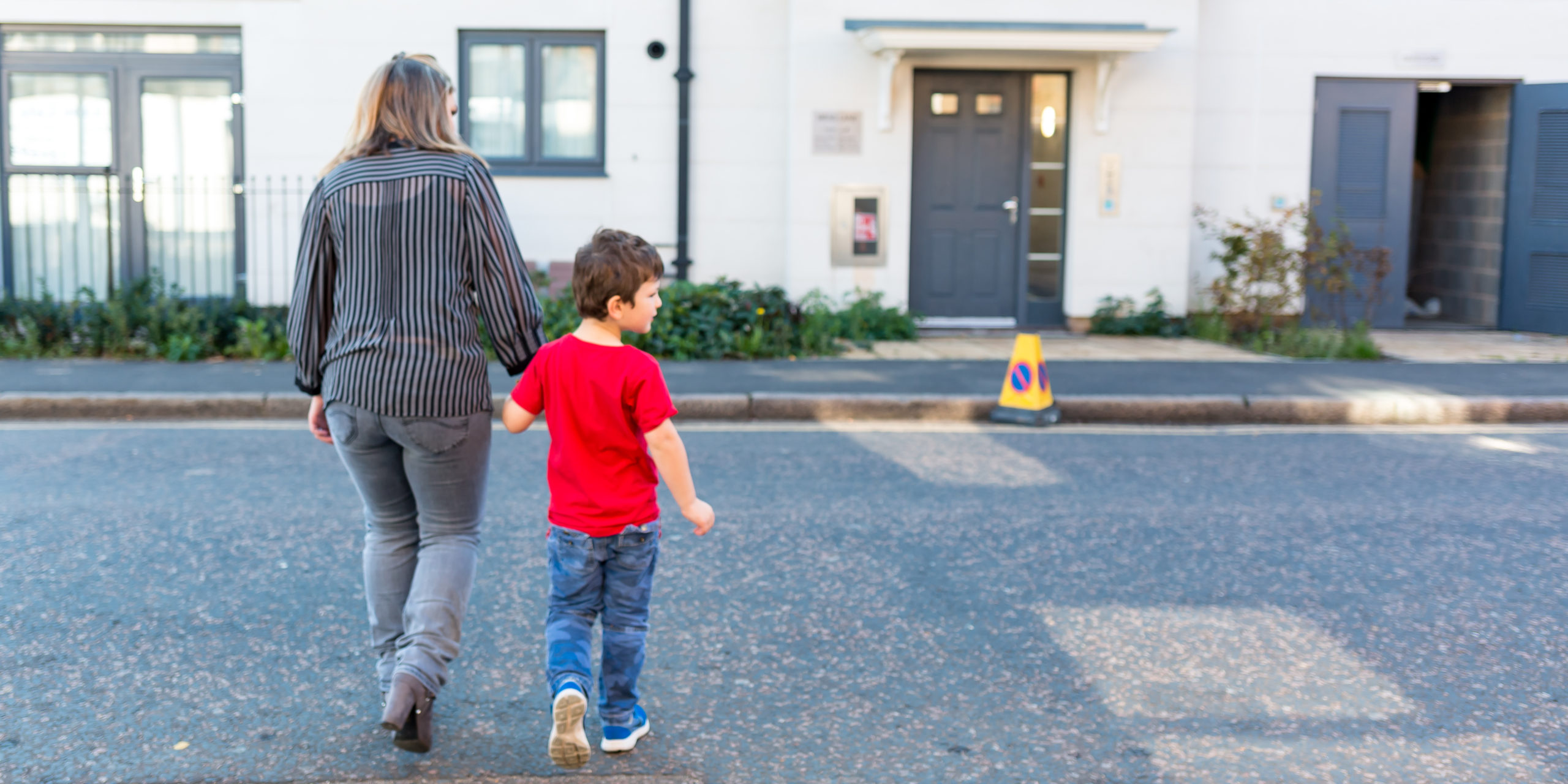
12 Jul Life skills after lockdown: road awareness and safety
This article was written and contributed by Laura Zitver, founder of Road Awareness For Toddlers (RAFT).
Life as we know it
Since COVID-19 has emerged it has affected all our lives in some way. We are required to socially distance from others, meaning the way we travel has changed. We are encouraged to choose to be more ‘active’ and sustainable when we travel, i.e. walking, scooting or cycling.
Since lockdown, it may come as no surprise that traffic has reduced but speeding has increased on our roads; motorists who would be likely to speed are taking advantage of quieter roads. You may have pavements and walkways in your villages, towns and cities ‘widened’ for social distancing. As we ease out of lockdown, more and more schools are opening their doors to returning pupils which may see journeys to school changing; more walking, scooting and cycling.
Time for change
It may have been a while since you and your children have been ‘out’ or been on the ‘school run’. So now is a great time to refresh road safety with your child(ren). If you are increasing your walking, scooting or cycling, then the chances are that you are also improving your health and wellbeing and theirs. That extra time travelling together in the open air may be an extra opportunity to re-connect, gain an insight into their world and how they see everything around them. We all know that exercise has a positive impact on our mental health, creating positive hormones known as endorphins. So, what a great way for all the family to start their day, whether that’s at work or school. In order to ensure you’re best prepared for your journeys, from a safety point of view, see a few of our tips below.
Road awareness, safety and travel
By the time your child is between the ages of 6-9 years, they will likely be aware of the Green Cross Code: stop, look, listen, think and then cross. The area they will need help with at this age is the ‘think’ part. Before they cross the road they are ‘risk assessing’ if it is safe to do so. This will be crucial for helping to develop their independence as road users when on their own as they grow older and transition to secondary school.
So for 6-9 year olds, why not involve them in this ‘think’ stage? They will hopefully already know they should: ‘stop’ at the kerb, ‘look’ both ways and all around them, ‘listen’ for traffic but also be aware of electric vehicles and now more recently e-scooters that make little or no noise, but ‘think’ . . . ‘Is it safe to cross?’, ‘shall I stand somewhere else?’, ‘is there a safer place to cross,?’ ‘am I concentrating on what I am about to do?’ ‘What distractions, if any, am I noticing?’.
Here are Laura’s top 5 practical road awareness and safety considerations for children aged 6-9 years:
Discuss safe areas to play (never near roads)
List places that are and are not safe to play in and around. It sounds obvious but children at this age may be heavily influenced by other peers’ behaviour so often still need guidance.
Distractions and peer pressure
What could distract them from crossing the roads, what is ‘peer pressure’? Do they think they have experienced this already and can they give you an example? Why is it dangerous?
Parent modelling
What are you doing? How is your road behaviour? Can you improve upon your road behaviour habits? Would you be happy for your child to copy you? For example, how many parents do you see using their mobile phone irresponsibly whilst out and about with their children?
Safe places to cross
Where are they and what are they called? For example, pelican crossings, island crossings, zebra crossings, etc. How are they used correctly? For instance, remembering you have to wait for cars to stop before stepping onto a zebra crossing.
Is it safe to cross now?
What do they ‘think’? This is the bit they need help with before stepping into the road, making independent journeys. Get them to tell you ‘yes’ or ‘no’ with reasoning and correct as appropriate. For younger children it might be useful to ask ‘what can you see?’.
The future; active travel AND play
Along with ‘active travel’ perhaps we should also be placing more emphasis on ‘active play’ for our children as they gradually return to school. This way of incorporating learning has been proven to have huge benefits to children’s wellbeing as well as helping them thrive with their learning journeys . . . Let’s use this opportunity for our children to not also return to school differently by the way they travel but also potentially by the way they learn. Let’s not see their return as a chance to ‘catch up’ before the summer term ends but more as a chance to re-connect, play and enjoy school for all that it offers outside of its learning parameters. School is so much more than gaining grades. It’s about developing every child and ensuring their potential is cultivated.
Empowering children to improve our environment
If you have made the change to travel more sustainably, perhaps you could ask your child questions about how they would improve the environment around them, making it car-free and more child-friendly. There are many global programmes that actively encourage schools to engage children in making positive changes in our world for our environment. Why not use this time, post-lockdown, to re-evaluate and improve upon our school environments? You never know, this new way of travel and return to school may inspire our future architects, town planners and environmentalists to make a positive change to our world.
Adults do not always know best. Let’s listen to our children, without judgement, who are often in tune more frequently to their innate sense of creative thinking and moral code. Allow them to explain how they would like to travel or what changes they would like to see in their local area to help keep everyone safe? Perhaps you and your local community groups (Beavers or Scouts, perhaps) could embark upon some environmental projects to help benefit everyone in your local area.
Reference to RIBA:
RIBA kids architecture sessions
If your child is interested in building, constructing or creating you might like to know that RIBA – Royal Institute of British Architects hold family and children workshops.






